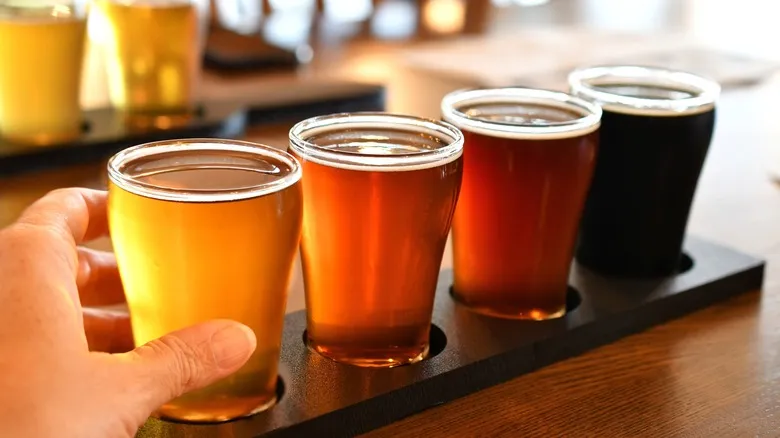What is an ale?
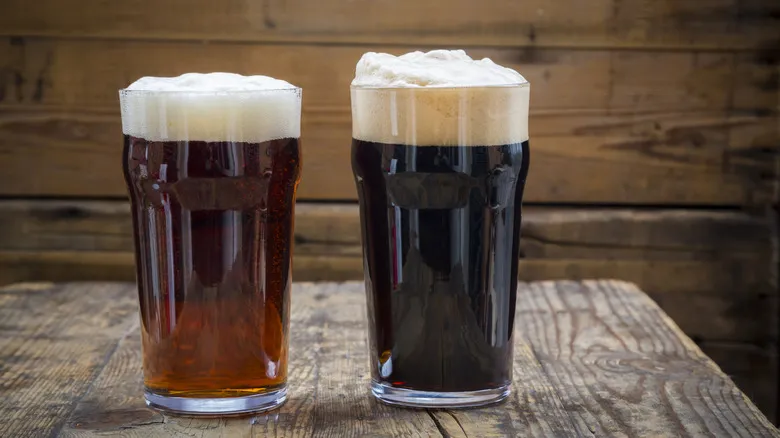
In essence, the distinction between an ale and a lager lies in the type of yeast used in the brewing process and the fermentation temperature. Ales are brewed with top-fermenting yeast (specifically Saccharomyces cerevisiae) and require warmer fermentation temperatures, typically ranging from 60 to 70 degrees Fahrenheit. This yeast is termed "top-fermenting" because the heat causes it to rise to the surface of the brewing vessel, forming a notable layer of foam. The elevated temperatures also lead to a faster fermentation period of approximately three to five weeks.
The flavor profiles of ales can vary widely, offering fruity, hoppy, roasty, or spicy notes, which are influenced by the esters—flavor compounds—produced by the specific yeast strain during fermentation. The higher fermentation temperatures result in a greater release of these flavor compounds, creating a brew that is rich in taste. If this piques your interest, exploring other types of ales beyond IPAs and Porters can expand your beer knowledge. Varieties such as pale ales, brown ales, amber ales, stouts, witbiers, and Kölsch all belong to the ale category.
What is a lager?
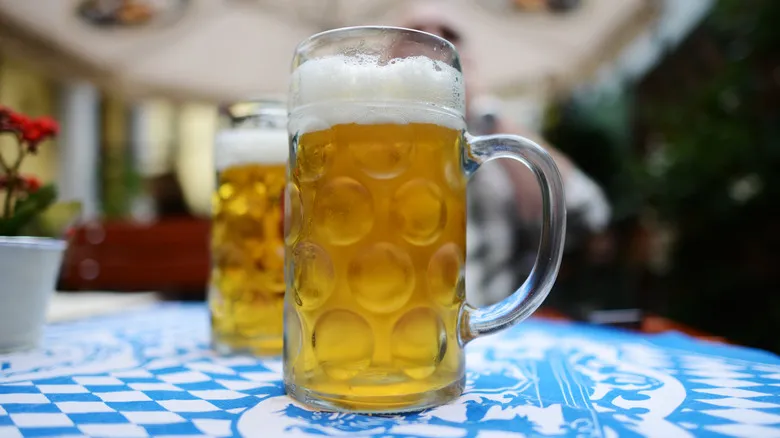
In contrast, lagers are brewed using bottom-fermenting yeast, typically Saccharomyces pastorianus. The fermentation occurs at much cooler temperatures compared to ales, ranging from 35 to 50 degrees Fahrenheit. These lower temperatures cause the yeast to settle at the bottom rather than rise to the top and create foam. As a result, the fermentation process is slower, often taking several months. The cooler conditions also lead to a reduced release of esters, which contributes to the distinct flavor differences between ales and lagers.
While ales come in a variety of bold and unique flavors, lagers are generally characterized as clean, crisp, and easy to drink. When you envision enjoying a cold, refreshing beer on a hot day, you’re likely picturing a lager. A well-known example is Corona, which is especially delightful with a slice of lime on a sweltering summer afternoon. Other types of lagers include Dunkels, bocks, and pilsners.
Overall, lagers tend to have a smooth, mellow taste with a touch of sweetness that even those who aren’t avid beer drinkers can appreciate. In contrast, ales are often rich in distinctive flavors that may not appeal to everyone. So, the next time you find yourself in a brewery with an extensive selection, you’ll know to choose between the refreshing qualities of a lager or the bold, unique tastes of an ale.
Recommended
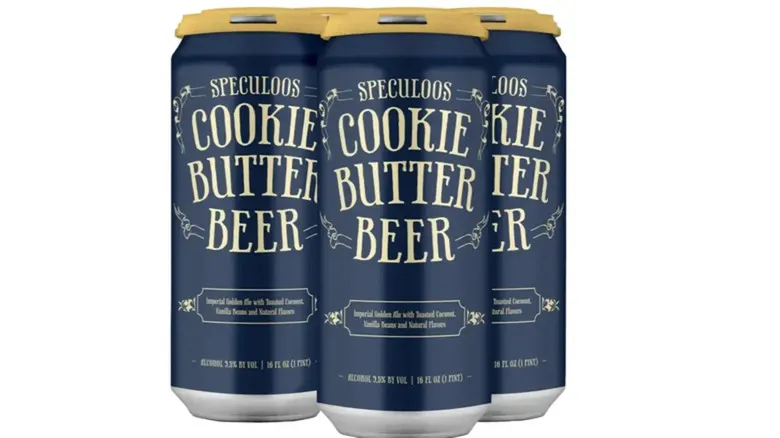
Serve Trader Joe's Cookie Butter Beer Frozen For The Ultimate Boozy Milkshake

How Many Bottles Of Wine Do You Need To Buy For A Dinner Party?

What Does It Mean When A Wine Is Corked?
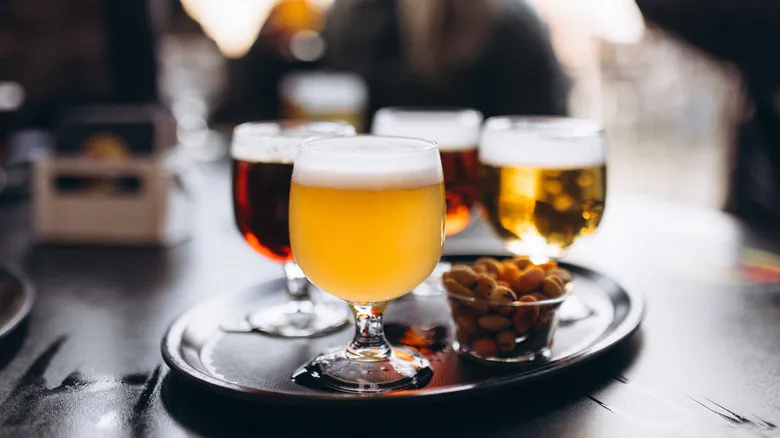
When Drinking Ale, The Glass You Use Matters
Next up

